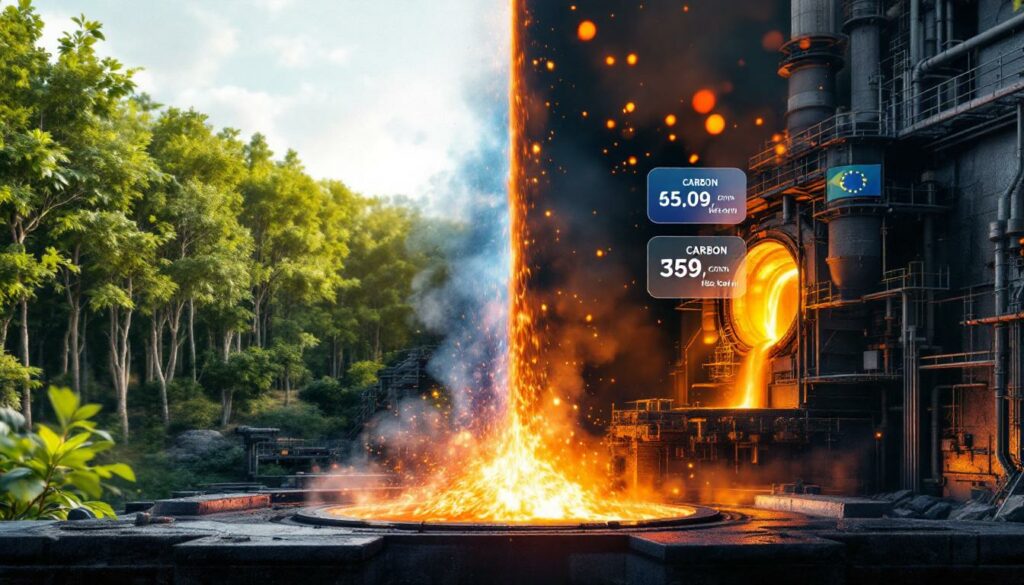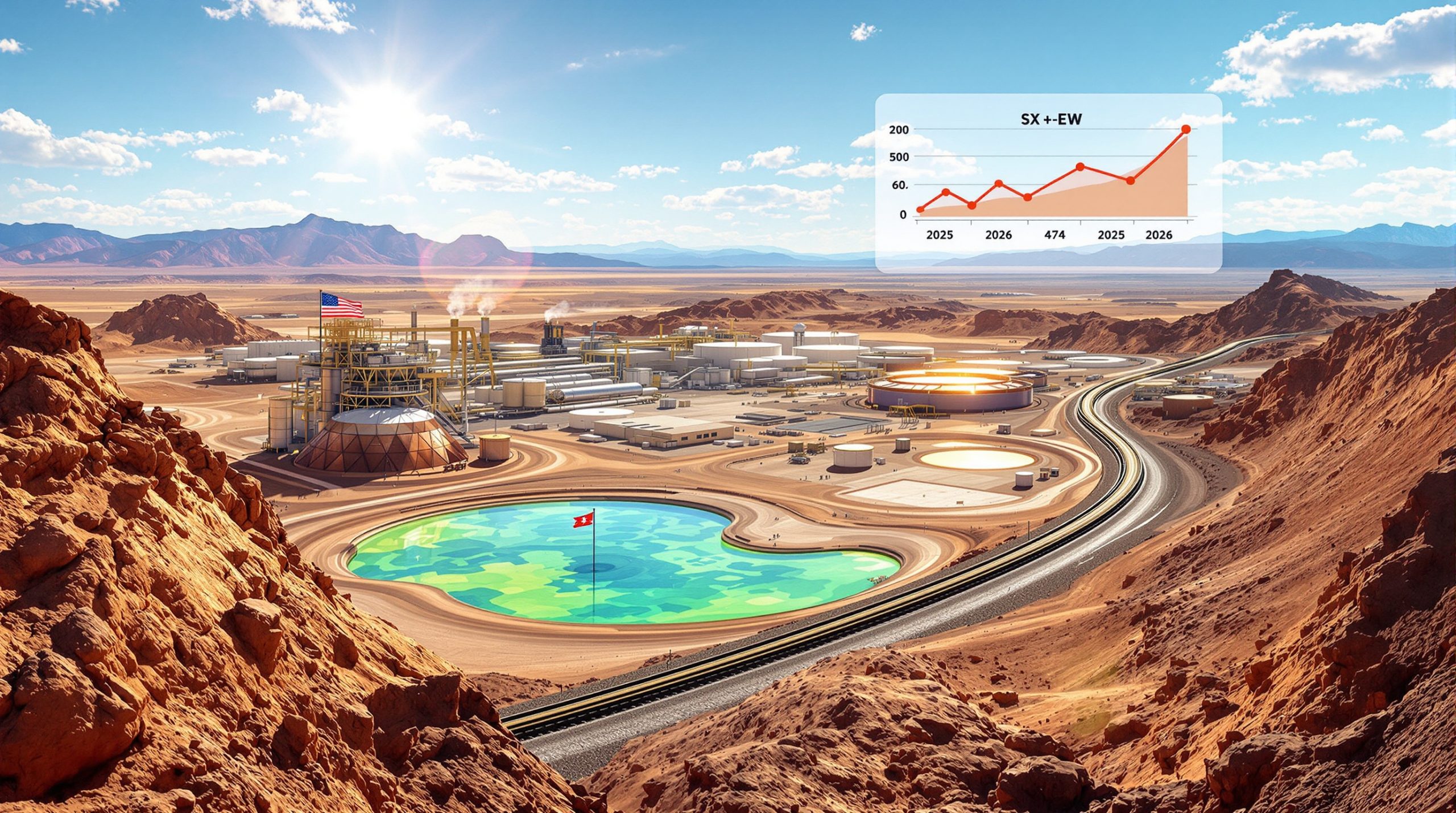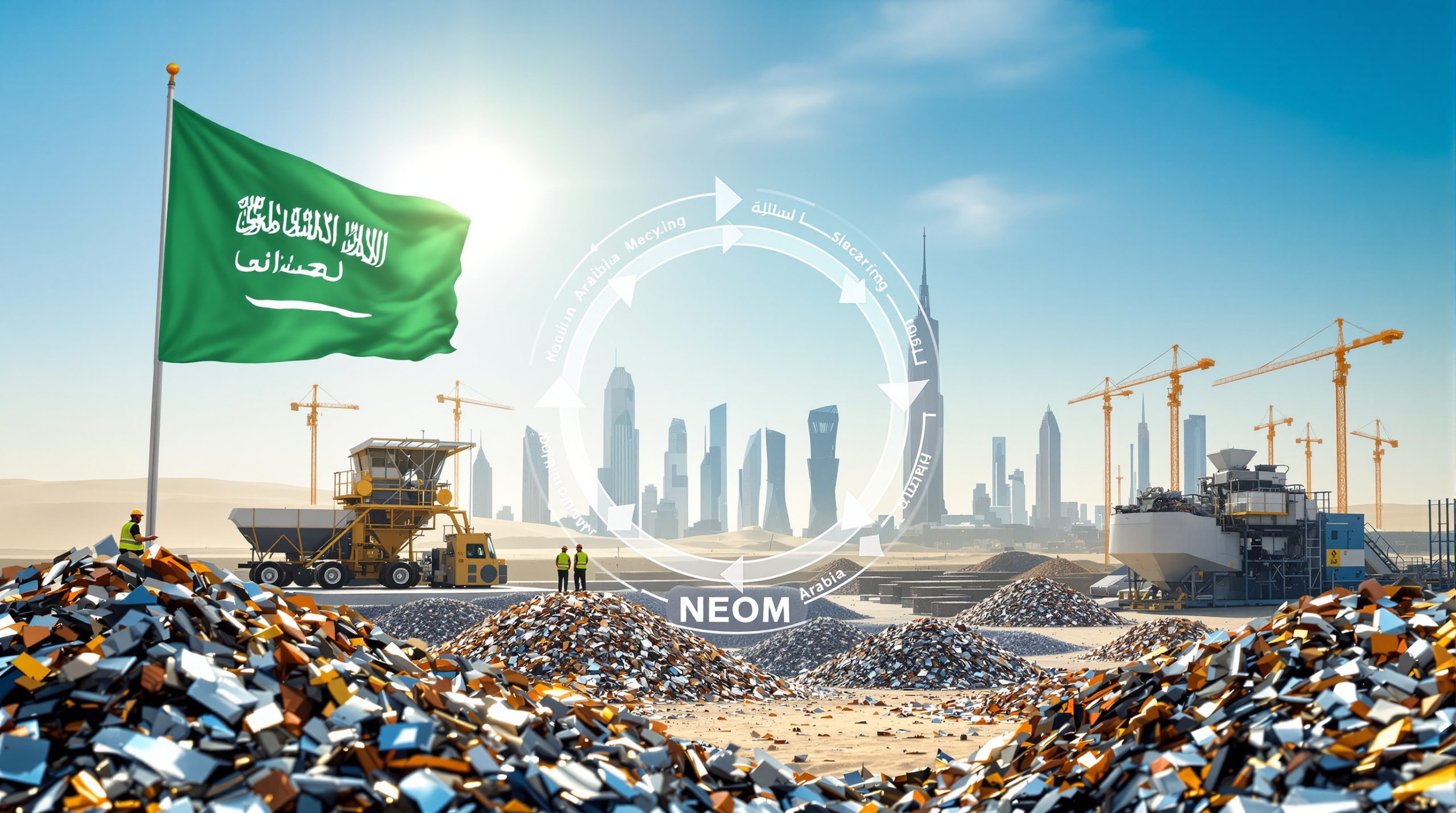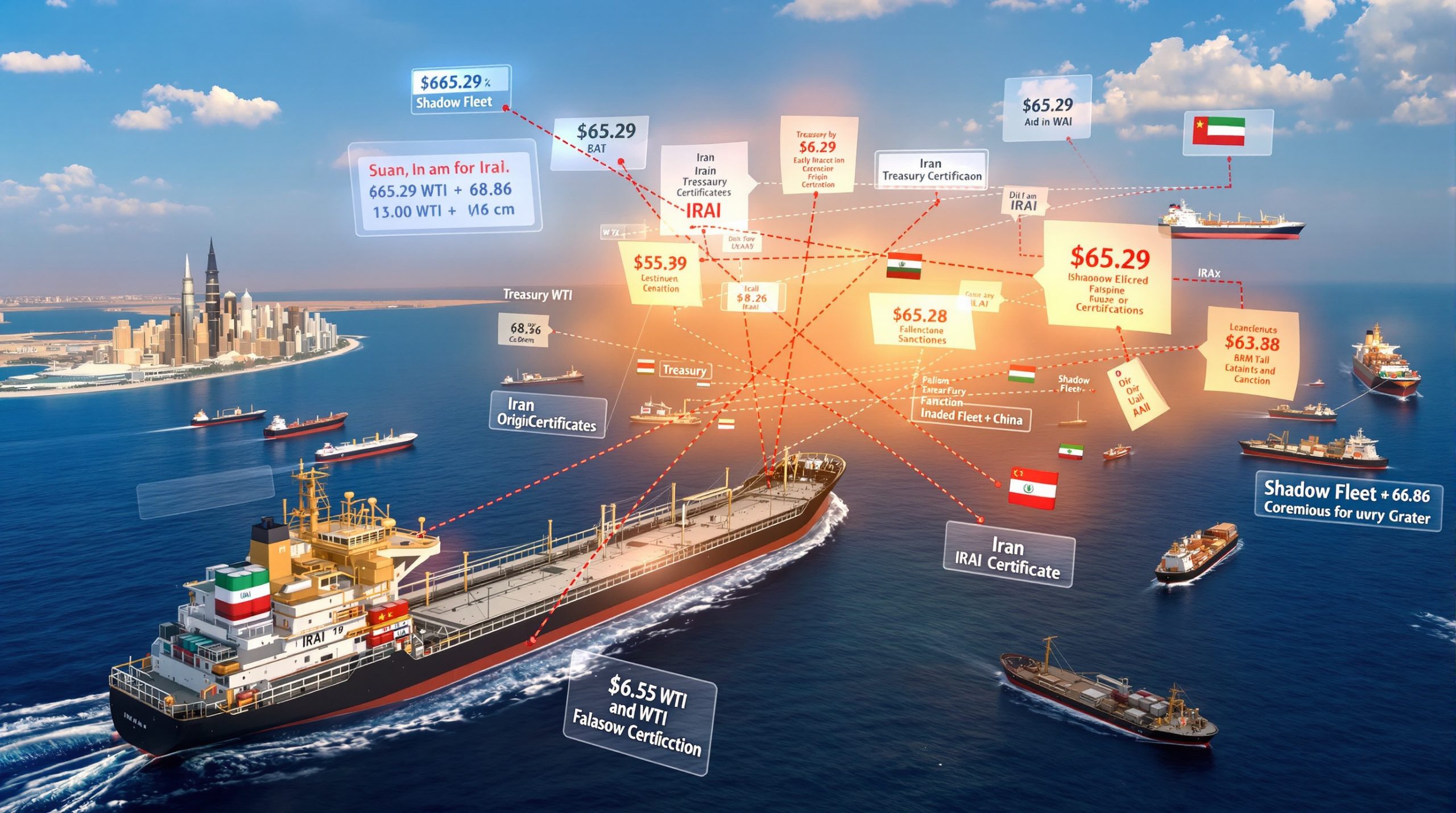What Is Charcoal-Based Pig Iron and How Does It Support Decarbonization?
Charcoal-based pig iron represents a promising alternative to traditional ironmaking methods in the steel industry's quest for decarbonization. Unlike conventional processes that rely on fossil fuel-based coke, this approach utilizes renewable biomass-derived charcoal as the primary reducing agent in the ironmaking process. This fundamental shift creates a potentially carbon-neutral or even carbon-negative material production pathway as part of broader sustainability transformation efforts in heavy industry.
The environmental advantage of charcoal-based pig iron stems from its unique carbon cycle. When managed properly, the forestry operations supporting charcoal production create a circular carbon flow rather than the linear extraction-emission pattern seen with coal-based metallurgical coke. As José Noldin, CEO at sustainable iron company GravitHY explains, "Charcoal-based pig iron can be a tool for decarbonization. This is mainly because during the period of reforestation, removal of CO₂ from the atmosphere is higher than CO₂ emissions during the process of making pig iron."
The Carbon Sequestration Advantage
The carbon sequestration potential of charcoal-based pig iron production creates its most significant environmental benefit. Trees grown specifically for charcoal production actively absorb carbon dioxide during their growth cycle, effectively storing carbon that would otherwise remain in the atmosphere. This natural carbon capture process can offset—and potentially exceed—the emissions generated during the ironmaking process itself.
When forestry operations maintain sustainable harvesting and replanting cycles, this creates a continuous loop of carbon sequestration that distinguishes charcoal-based pig iron from traditional methods. Unlike fossil fuels that release carbon that has been stored underground for millions of years, the carbon released from charcoal combustion was recently captured from the atmosphere, resulting in a significantly lower net carbon footprint, supporting more effective natural capital operations throughout the industry.
Where Is Charcoal-Based Pig Iron Currently Produced?
Brazil stands as the global leader in charcoal-based pig iron production, having developed specialized infrastructure and expertise in this unique production method. As of 2024, Brazilian independent pig iron producers operated 50 mills with a nominal installed capacity of approximately 7 million tonnes annually. Industry experts estimate the realistic maximum production capacity at around 6.7 million tonnes per year, though actual output in 2024 reached 5.1 million tonnes.
The Brazilian industry benefits from favorable natural conditions, including suitable climate for fast-growing eucalyptus plantations, established forestry management practices, and a history of charcoal-based metallurgy that dates back decades. This combination of factors has allowed Brazil to develop production systems that maximize both efficiency and sustainability potential.
Other Global Producers
While Brazil dominates the market, several other regions also produce charcoal-based pig iron, albeit at significantly smaller scales and with less consistent supply patterns:
- Angola: Emerging producer with expanding eucalyptus plantations
- South Africa: Limited production primarily for domestic consumption
- Various Latin American countries: Scattered smaller operations with irregular export capacity
These alternative sources account for a minor portion of global charcoal-based pig iron production, and their supply reliability remains inconsistent compared to Brazil's established industry. The significant gap between Brazil and other producers highlights the specialized nature of this production method and the infrastructure investment required to develop it at scale.
What Are the Current Export Patterns for Charcoal-Based Pig Iron?
The global trade flows of charcoal-based pig iron reveal interesting patterns that highlight market preferences and economic drivers. In 2024, Brazil exported 3.76 million tonnes of pig iron, with export destinations heavily concentrated in specific markets.
US Market Dominance
The United States has established itself as the predominant destination for Brazilian charcoal-based pig iron exports. Approximately 87% of Brazil's total pig iron exports in 2024—equating to 3.27 million tonnes—were shipped to the US market. This strong trade relationship has developed over decades, with Brazilian producers aligning their production specifications and logistics to meet US steel industry requirements.
Several factors contribute to this concentrated trade pattern, including established business relationships, technical compatibility with US steel mill operations, and—perhaps most significantly—price advantages that will be explored in a later section of this article.
Limited European Union Imports
Despite the EU's ambitious climate targets and decarbonization roadmaps for the steel industry, the region imported just 9% (approximately 340,000 tonnes) of Brazil's pig iron exports in 2024. This relatively small volume indicates significant untapped potential for charcoal-based pig iron to contribute to European steel industry decarbonization efforts through renewable energy solutions and alternative production methods.
As José Noldin notes, this limited European uptake stems largely from awareness issues rather than technical limitations: "People in Europe do not see that charcoal-based pig iron can meet their decarbonizing needs; that is why Europe's import of such product is not large." This perception gap represents a potential opportunity for increased utilization as European steelmakers search for immediate decarbonization options.
Why Isn't Charcoal-Based Pig Iron More Widely Used in Europe?
Despite its potential contributions to decarbonization goals, charcoal-based pig iron remains underutilized in European steelmaking. Several interconnected factors explain this market gap, with awareness being among the most significant barriers to adoption.
Awareness and Recognition Challenges
According to industry experts, European steel producers and policymakers have not fully recognized charcoal-based pig iron's potential contribution to decarbonization strategies. As José Noldin, CEO at sustainable iron company GravitHY, noted: "People in Europe do not see that charcoal-based pig iron can meet their decarbonizing needs," which explains the relatively low import volumes.
This awareness gap extends to understanding the genuine carbon benefits of properly managed forestry-based pig iron production. Unlike some biomass applications that face legitimate sustainability questions, charcoal from dedicated plantations with verified reforestation practices offers verifiable carbon reduction benefits that many European decision-makers have yet to fully appreciate, according to a recent study on decarbonisation pathways for steel production.
Market Size and Integration Limitations
The European steel industry's massive production volumes mean that charcoal-based pig iron alone cannot provide a complete decarbonization solution. The EU produces approximately 150 million tonnes of steel annually, making it impossible for charcoal-based pig iron—with global production of less than 10 million tonnes—to serve as a standalone solution.
Fernando Pessanha Santos, Chief Strategy Officer at Hydnum Steel, emphasizes this reality while still acknowledging its potential role: "Charcoal-based pig iron can't help to decarbonize such big steel volumes produced in the EU—that is why it can be a part of the solution… and it can play a bigger role."
This scale limitation suggests that charcoal-based pig iron should be viewed as one component in a diversified approach to reducing carbon emissions, rather than a comprehensive solution on its own. This positioning aligns with emerging consensus among decarbonization experts that multiple parallel technologies will be necessary to achieve climate targets.
How Do Market Prices Influence Charcoal-Based Pig Iron Trade Flows?
Economic factors play a decisive role in determining where charcoal-based pig iron is shipped, with price differentials creating clear market preferences that explain current trade patterns.
US Price Premium Advantage
The United States consistently offers higher prices for pig iron imports compared to European markets, creating a strong economic incentive for Brazilian producers to prioritize US exports. This price differential is substantial and persistent:
| Period | US Market Price ($/tonne) | EU Market Price ($/tonne) | US Premium ($/tonne) |
|---|---|---|---|
| 2024 (Annual Average) | $476.39 | $417.74 | $58.65 |
| Jan-May 2025 | – | – | $52.70 |
| H2 2025 (Forecast) | – | – | $49.78 |
This consistent price premium of approximately $50-60 per tonne represents a significant economic advantage for Brazilian producers shipping to the US rather than Europe. While the premium has shown modest contraction in recent periods (declining from $58.65 to a forecasted $49.78), it remains substantial enough to maintain current trade flows without regulatory intervention or other market-shaping factors.
Premium Pricing for Brazil-Origin Material
Beyond regional price differences, Brazil-origin charcoal-based pig iron commands significant price premiums over Russian coke-based alternatives in global markets:
| Period | Brazil-Origin Price ($/tonne) | Russia-Origin Price ($/tonne) | Premium ($/tonne) |
|---|---|---|---|
| Jan-May 2025 | $472.43 | $330.25 | $142.18 |
This substantial premium primarily stems from geopolitical factors rather than environmental attributes. Sanctions have restricted Russian sales to premium markets like the US and EU, forcing Russian material into less desirable markets at discounted prices. However, as decarbonization regulations become more stringent, the environmental advantages of charcoal-based production may begin to factor more prominently in this price differential.
How Does Charcoal-Based Pig Iron Fit Into Green Steel Pricing?
The integration of charcoal-based pig iron into European steelmaking presents both opportunities and challenges within the emerging green steel pricing landscape.
Green Steel Premium Considerations
The green steel premium in Northern Europe averaged €166.05 ($191.40) per tonne during January-May 2025. This premium represents the additional price that environmentally conscious buyers are willing to pay for steel with verified lower carbon emissions compared to conventionally produced material.
Analysis suggests that more than half of this green premium could be impacted by the higher cost of incorporating charcoal-based pig iron, highlighting the economic challenges of transitioning to lower-carbon production methods. This cost impact raises important questions about the economic viability of charcoal-based pig iron as a decarbonization strategy in markets where green premiums remain volatile or uncertain.
Cost-Benefit Analysis for Manufacturers
Steel producers considering charcoal-based pig iron as a decarbonization strategy must carefully weigh several economic factors:
- Raw material cost increase: The higher acquisition cost of charcoal-based pig iron versus traditional inputs
- Green premium potential: The ability to command higher prices for finished steel with lower carbon intensity
- Regulatory compliance value: Potential savings on carbon taxes, border adjustment mechanisms, or other policy-driven costs
- Market differentiation benefit: Competitive advantage with environmentally conscious customers and sectors
The economics currently favor markets with established green steel premiums and regulatory incentives for decarbonization. As European carbon pricing mechanisms mature and consumer preference for lower-carbon materials strengthens, the economic case for incorporating charcoal-based pig iron may improve substantially.
What Role Could Charcoal-Based Pig Iron Play in the EU's Future Decarbonization Strategy?
As the European Union pursues its ambitious climate targets, including a 55% reduction in greenhouse gas emissions by 2030 compared to 1990 levels, the steel industry faces mounting pressure to decarbonize rapidly. In this context, charcoal-based pig iron could play a meaningful role within a broader technology portfolio.
Complementary Approach to Hydrogen-Based Technologies
Industry experts emphasize that effective decarbonization requires multiple parallel approaches. As Fernando Pessanha Santos, Chief Strategy Officer at Hydnum Steel, noted: "In the transition phase, there can't be just one route for decarbonization, hydrogen usage – if you want to decarbonize, you should use different solutions. Charcoal-based pig iron is one of them."
This perspective recognizes the reality that emerging technologies like hydrogen-based direct reduction face substantial development timelines, infrastructure requirements, and cost challenges. By incorporating charcoal-based pig iron alongside other strategies, steelmakers can begin reducing emissions immediately while longer-term solutions mature.
Scaling Potential and Limitations
While charcoal-based pig iron cannot single-handedly transform the EU steel industry, it offers an immediately available option to reduce carbon intensity while longer-term technologies like hydrogen-based direct reduction mature. Increasing imports from Brazil and developing additional sustainable sources could provide meaningful carbon reductions in the near term.
The scaling potential depends primarily on three factors:
- Supply expansion: Increased sustainable production in Brazil and development of new production regions
- Price incentives: Carbon pricing or green premiums that justify the higher production costs
- Technical integration: Adaptation of European steel mills to effectively utilize charcoal-based inputs
With appropriate policy support and market signals, charcoal-based pig iron could increase its contribution to European decarbonization efforts significantly beyond current levels, though it would remain one component in a diversified technology approach.
What Are the Sustainability Considerations for Expanded Charcoal-Based Pig Iron Production?
For charcoal-based pig iron to deliver genuine environmental benefits, the underlying production systems must adhere to rigorous sustainability standards. Without proper management, the potential environmental advantages could be undermined or even reversed.
Responsible Forestry Management Requirements
The carbon benefits of charcoal-based pig iron depend entirely on sustainable forestry practices. Key requirements include:
- Dedicated plantations: Using purpose-grown trees rather than harvesting native forests
- Efficient charcoal production: Employing modern carbonization technologies that maximize yield and minimize emissions
- Comprehensive reforestation: Maintaining continuous replanting cycles to ensure ongoing carbon sequestration
- Third-party certification: Verification through recognized standards like Forest Stewardship Council (FSC)
Brazilian producers have made significant advances in these areas, with many operations now utilizing advanced kiln technologies and maintaining dedicated eucalyptus plantations that regenerate on 5-7 year cycles. These practices create the positive carbon balance that distinguishes charcoal-based pig iron from conventional production and align with best practices in mine reclamation innovations across resource sectors.
Supply Chain Transparency Needs
As European markets potentially increase their utilization of charcoal-based pig iron, robust supply chain verification will be essential to ensure environmental claims are valid and to prevent greenwashing. This requires:
- Traceability systems: Documenting chain of custody from forest to finished product
- Carbon accounting: Standardized methodologies for quantifying emissions and sequestration
- Independent verification: Third-party auditing of sustainability claims
- Public disclosure: Transparent reporting of environmental impacts
These verification mechanisms will be particularly important as regulatory frameworks like the EU Carbon Border Adjustment Mechanism (CBAM) begin to impact trade flows and pricing for carbon-intensive materials including steel and its inputs.
How Does Charcoal-Based Pig Iron Compare to Other Low-Carbon Ironmaking Technologies?
When evaluating decarbonization strategies for the iron and steel sector, decision-makers must consider multiple factors including carbon reduction potential, implementation timeline, investment requirements, and operational constraints.
Comparative Analysis of Decarbonization Options
| Technology | Time to Implementation | Carbon Reduction Potential | Capital Investment | Operating Cost Impact |
|---|---|---|---|---|
| Charcoal-Based Pig Iron | Immediate | Medium-High | Low | Medium |
| Hydrogen-Based DRI | Medium-Long Term | Very High | Very High | High |
| Natural Gas DRI | Short-Medium Term | Medium | High | Medium |
| Carbon Capture | Medium Term | High | High | High |
This comparison highlights the distinctive advantage of charcoal-based pig iron as an immediately implementable option with relatively low capital requirements. While hydrogen-based direct reduction offers potentially greater carbon reductions, its implementation timeline stretches years into the future and requires massive capital expenditure, as detailed in the Germanwatch climate-neutral steel study.
Transitional Role in Decarbonization Pathway
Charcoal-based pig iron offers particular value as a transitional technology that can deliver carbon reductions without requiring the complete replacement of existing infrastructure. By incorporating varying percentages of charcoal-based pig iron into current production methods, steelmakers can achieve incremental emissions reductions while developing longer-term transformation strategies.
This transitional approach aligns with the reality that steel industry decarbonization will be a multi-decade journey requiring a phased implementation of various technologies. Charcoal-based pig iron's ability to integrate with existing processes makes it especially valuable in the near-term phases of this transition, complementing emerging mine electrification trends in the broader resource sector.
FAQ: Charcoal-Based Pig Iron and EU Decarbonization
Is charcoal-based pig iron truly carbon neutral?
When produced using sustainable forestry practices with verified carbon sequestration, charcoal-based pig iron can approach carbon neutrality or even carbon negativity. However, this requires rigorous lifecycle assessment and proper accounting for all emissions throughout the supply chain, including transportation, processing, and forestry operations. The carbon profile depends entirely on responsible management practices and cannot be assumed without verification.
Can European steelmakers increase their use of charcoal-based pig iron?
Yes, European steelmakers could significantly increase their utilization of charcoal-based pig iron as part of their decarbonization strategies. However
Want to Invest in the Next Major Mineral Discovery?
Discovery Alert's proprietary Discovery IQ model instantly notifies investors of significant ASX mineral discoveries, transforming complex geological data into actionable insights that give you a decisive market advantage. Explore why historic discoveries can generate substantial returns by visiting Discovery Alert's dedicated discoveries page and begin your 30-day free trial today.




